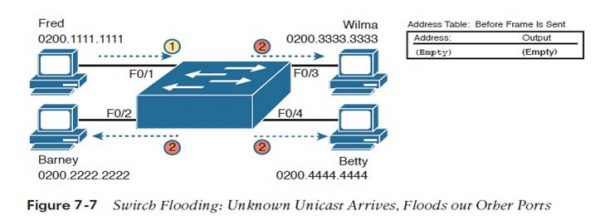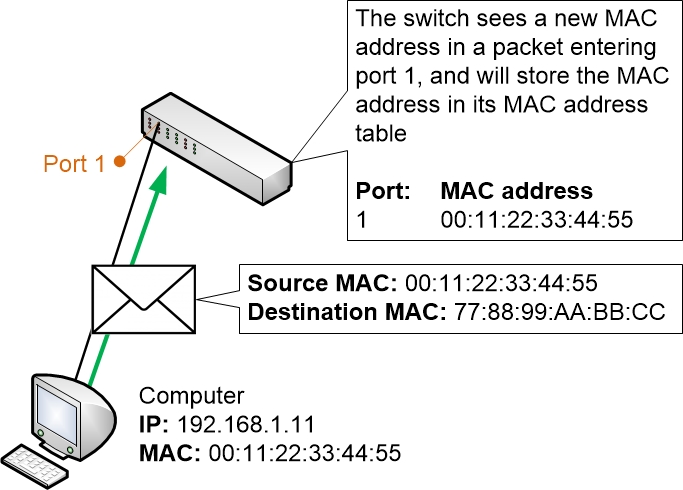
Some example of OUI of known vendors are:.
MAC ADDRESS LEARNING REGISTRATION
These MAC prefixes are assigned to each organization or vendor by the IEEE Registration Authority Committee.

On the other hand, the IP addresses are used on layer 3 and help identify the devices on different networks. The MAC address works on layer 2 and helps identify the devices within the same broadcast network (such as the router).

When we request a page to load on the internet, the request is responded and sent to our IP address.īoth MAC and IP addresses are operated on different layers of the internet protocol suite. The answer to this question is that every mac address is assigned to the NIC of a hardware device that helps to identify a device over a network. Reason to have both IP and MAC addresses.Īs we already had the IP address to communicate a computer to the internet, why we need the MAC address.

It is 12-digit, and 48 bits long, out of which the first 24 bits are used for OUI(Organization Unique Identifier), and 24 bits are for NIC/vendor-specific.It is represented in a hexadecimal format on each device, such as 00:0a:95:9d:67:16. It is globally unique it means two devices cannot have the same MAC address.It stands for Media Access Control, and also known as Physical address, hardware address, or BIA (Burned In Address).It is assigned to the NIC (Network Interface card) of each device that can be connected to the internet. To make communication between two networked devices, we need two addresses: IP address and MAC address. MAC address is the physical address, which uniquely identifies each device on a given network.I used to use NICs that didn't self-learn MACs, and because they reverted to their default MAC addresses every reboot, there was never a problem. Cards are identified as eth0 MAC=f8:1a:67:04:25:44 and eth1 MAC=f8:1a:67:04:25:44 - BOTH THE SAME because of the self-learning!Ħ) udevd doesn't know what to do with two cards with the same MAC address, doesn't start eth1, and my kernel bonding fails.
/FinderSidebarSierra-58adf6783df78c345bff84fa.jpg)
This means that eth1 has its MAC address changed to f8:1a:67:04:25:44.ģ) The NIC supporting eth1 self-learns the new MAC address.ĥ) Boot box. As part of this process, unavoidably, both cards are assigned the same MAC address. I am trying to use them as part of a bonded (LACP) connection using Linux kernel bonding. However, I need to disable the MAC address self-learning. I have two TG-3468 NICs in a Linux box, and generally they work fine.


 0 kommentar(er)
0 kommentar(er)
